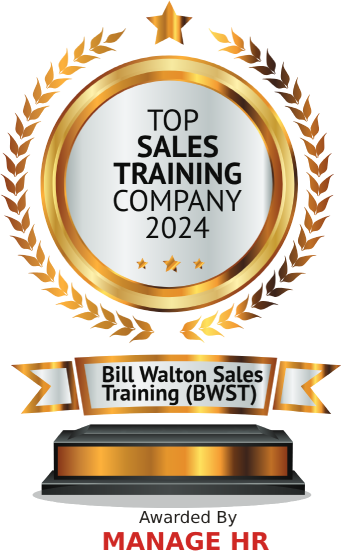New Business in Wealth Management Comes Down to Three Letters
Personalization is Wealth Management's Trending Key Word - Part I
Client acquisition in wealth management has undergone a substantial change. Engaging with prospects such as entrepreneurs, founders, and wealthy families has traditionally been a high-touch contact sport, one characterized by influence-fostering connections at conferences, summits, and informal gatherings. And referrals, the ones that used to come by way of social events and coffee talk meetings, are now inbound in less personal ways such as email and Zoom. So, in the era of hybrid work, and thus hybrid selling, a different approach is needed. Post-pandemic, new connections need to be made—some in person. Some remote. So, no matter the purpose, you must bring context fast as an advisor. This means financial professionals need to cease their reliance own email only. The good news? There are other platforms that let you approach without being pushy, salesy, or abrupt.
An advisor’s job is no longer just about knowing the markets and selling your slice of the pie—it’s about looking at the broad picture and providing financial planning advice connected to a client type. To succeed, advisors (and those selling to them) need to change the way they engage. Selling in this environment means advisors need to be clear about their ideal prospect types. Prospects want to know that you are “issue fluent” with their challenges and aspirations. Also, teams need to articulate their collective value as well as their individual parts.
Consultative Selling
As of this writing, there are over 60,000 books for sale on Amazon on the topic of selling. Most speak to value or integrity in the interaction. But what most don’t teach you is that selling is behavioral, psychological, and operational—for us and for prospects. The good news? Being authentic and genuine counts!
People have interesting relationships with their money, their cars, and their pets—those connections aren’t always rational. It’s up to the advisor to tap into the current aspirations of the prospect and what they see as an obstacle in getting there. Whether it’s generational wealth transfer, planning for retirement, or investing proceeds from an asset sale, a prospect has an internal vision of how they want the end state to look.
Sounds logical, right? Well maybe.
Consultative Selling: Getting the Process Started
While many advisor teams grow their business via referrals, it’s becoming increasingly important to grow books of business organically. While inbound leads are always appreciated, often the referrer hasn’t teed up your firm or your team in the most holistic light. Growing business organically provides advisors the control and flexibility to target and attract prospects that have the highest likelihood of success with RMB.
To make prospecting as painless as possible, high performers are concentrating outreach on a few known client types with whom their team has been successful. Whether that’s small business owners, female business executives, or physicians working in large multi-office practices, there is leverage in communicating your team’s fluency in the issues and concerns of such types. Think about prospects this way: each fall into a client type category with concerns and aspirations unique to that type, and there are solutions that best fit that prospect’s needs. So, think C – P – S: Client type –Problem – Solution.
Stay tunes for Part II... or to get the inside track, send a message to Bill Walton at bwalton@billwaltonsalestraining.com.
News Blog
BILL WALTON SALES TRAINING
Bill Walton Sales Training is a Client Acquisition training and coaching firm with over 25 years of experience in helping sales and account professionals achieve Trusted Advisor status.
Privacy Policy | Accessibility Statement
©2025 Bill Walton Sales Training. All rights reserved | Developed by Visual Media











